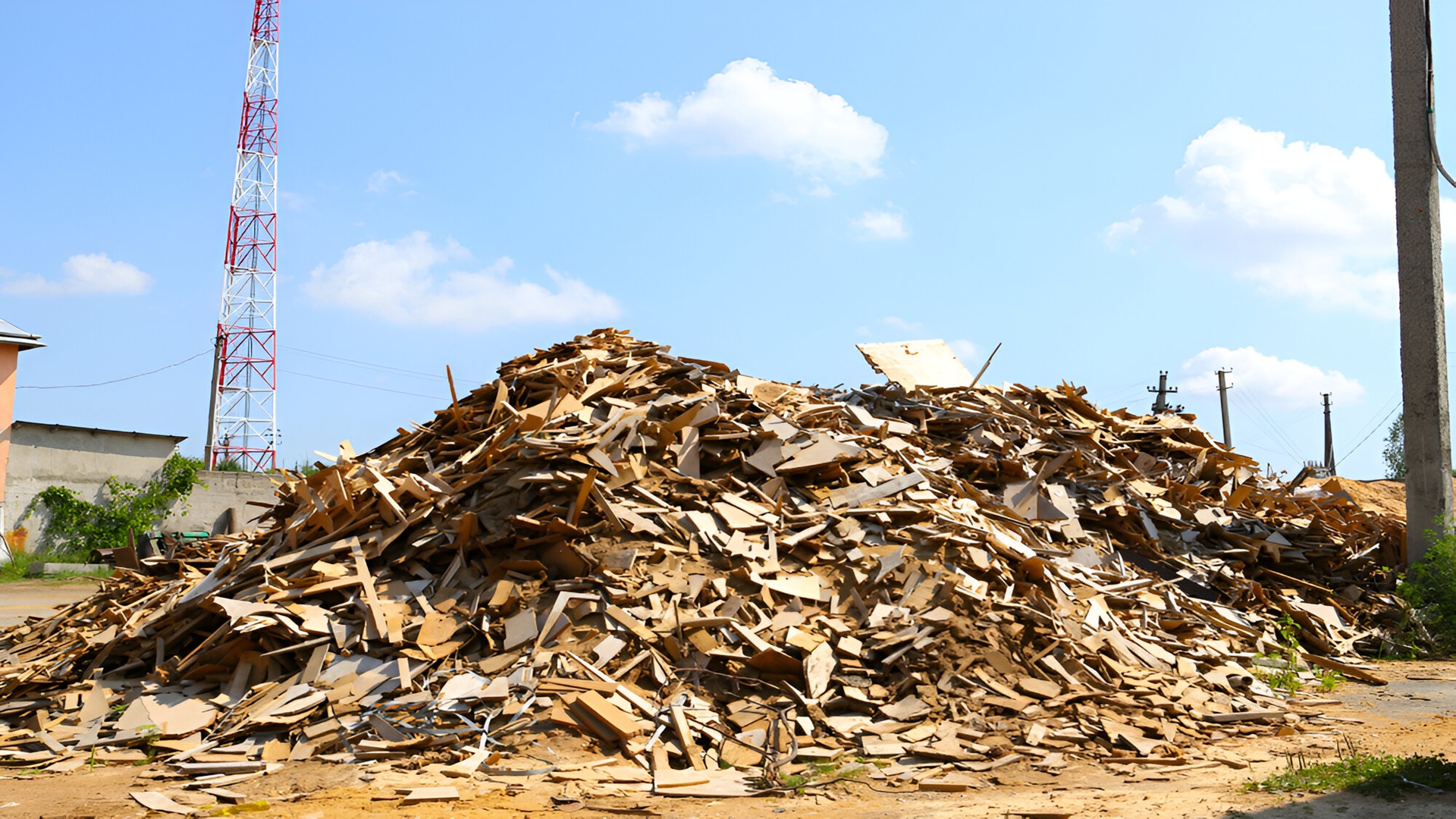India’s rapid urban expansion, sustained economic growth, and escalating consumption patterns have made it one of the world’s top Municipal Solid Waste (MSW) producers. According to The Energy and Resources Institute (TERI), the country generates over 62 million tons (MT) of waste annually. However, the waste management infrastructure is struggling to keep pace, with only 43 MT of waste being collected, and a mere 12 MT treated before disposal. The remaining waste often ends up in landfills or remains unaccounted for, posing significant environmental and public health risks due to inadequate collection, transportation, processing, and disposal systems.
In recent years, India’s solid waste management sector has gained significant momentum, largely propelled by governmental initiatives aimed at improving sanitation and cleanliness. Population growth and urbanization have intensified waste generation, underscoring the necessity for efficient and sustainable solutions. The Swachh Bharat Abhiyan (Clean India Mission) has played a crucial role in advancing the sector, leading to increased demand for innovative waste management strategies. Industry projections indicate that the Indian solid waste management market will expand at a CAGR of 7.5% during the forecast period (2021–2026), driven by rising urbanization, growing environmental awareness, and increasing investments in waste infrastructure.
One area witnessing remarkable advancements is commercial and industrial (C&I) waste recycling business, which serves as a vital resource for producing solid waste-derived fuels such solid recovered fuel (SRF) which is considered one of the premium alternative fuel source.
C&I waste comprises of dry waste generated by businesses, production facilities, and corporate offices. It includes a broad spectrum of materials mainly plastic, paper and paperboard, rubber, resins, wood, metals, glass, and organic materials, many of which hold considerable amount of value for reuse and exploitable.
Effective Pre-processing of C&I Waste
Given the diversity of these materials and their varying forms, effective pre-processing of C&I waste recycling necessitates specialized shredding and recycling equipment designed to break them down into optimal grain sizes for efficient sorting, material recovery and convert them into environmentally friendly alternative to fossil fuels.
With over decade of experience in recycling industry, Fornnax Technology has been reshaping waste recycling industry with our advanced C&I waste shredder that meets stringent EU standards, highly efficient even for the most challenging waste streams, and tailored to meet the specific needs of our clients.
Fornnax C&I waste recycling process involves:
Upon accumulation of C&I waste, a comprehensive recycling process is initiated to optimize material output. The process involves several key stages:
Pre-Shredding Stage: Raw industrial and commercial waste is routed into a primary shredder through dosing hoppers, facilitating the selection of materials for efficient sorting. Homogenizing the waste stream enhances the speed and effectiveness of subsequent screening and separation processes.
Screening Process: A variety of screening technologies are available to cater to specific requirements, including vibratory screens, and disk screens. This stage enables the extraction of diverse fractions, including fine particles (up to 50-80 mm) and oversized materials, ultimately yielding high-quality solid recovered fuel (SRF).
Secondary Shredding Stage: In the final phase of processing, materials undergo a secondary shredding process, also known as fine shredding. Pre-shredded and screened materials, devoid of contaminants, heavy fractions, and metals, are fed into secondary shredders. The resulting output is premium SRF, with production capacities reaching up to 25 metric tons per hour.
Outputs and Applications
- The C&I waste recycling process generates outputs with distinct applications like:
- The pre-shredder output, ranging from 50-150 mm, is well-suited for waste-to-energy (WtE) facilities.
- The secondary shredder output, sized between 30-80 mm based on the specific requirements, serves as alternative fuels, including refuse-derived fuel (RDF) and solid recovered fuel (SRF), which are suitable for utilization in cement plants.
As India continues to urbanize and industrialize, the demand for effective waste management solutions will only intensify. Fornnax Technology is well-positioned to meet this demand with our cutting-edge shredding and recycling equipment, designed to maximize material recovery and minimize waste. With a global footprint, 24/7 expert support, and a commitment to innovation, we are dedicated to helping India transition towards a more circular and sustainable economy.
By partnering with Fornnax, C&I recycling businesses and municipalities can trust that their waste management needs are in capable hands and contribute to sustainable waste solutions. Get in touch with Fornnax today to know more about C&I waste shredders.

